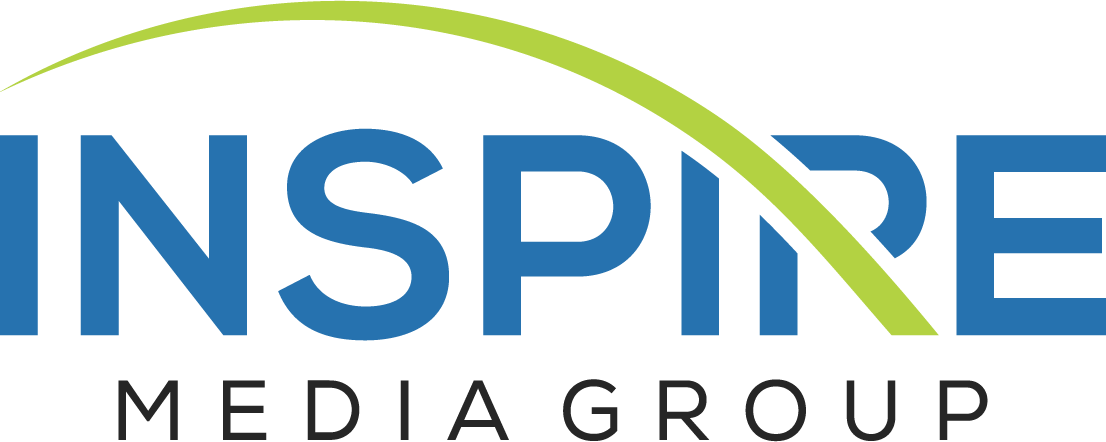The world of digital advertising and fundraising changes quickly. Over the past three years, those changes accelerated through significant initiatives by major players in the tech industry such as Apple, Google, and Facebook, as well as shifts in user behavior caused by the pandemic.
To continue expanding digital fundraising efforts, organizations must look for opportunities to pivot: Leave behind what worked in the past and embrace emerging strategies and tools that will move them beyond current challenges into new territory. This requires an active, adaptable, and agile mindset. More on that in a minute.
Three key opportunities
While we might recommend plenty of shiny new tools to test, organizations should consider these three opportunities to bolster their fundraising efforts.
1. Utilize new audience targeting solutions
Though still trailing Europe, the U.S. continues to move toward greater privacy regarding digital data. In 2021, Apple rolled out its AppTrackingTransparency framework, which reduced mobile advertising ROI by 38 percent, according to Singular, a marketing analytics and attribution company. Google stated that in 2024 it would phase out the use of cookies, a ubiquitous tracking tool, in its Chrome web browser. Additionally, Meta removed any detailed targeting options related to social or political issues—a move that significantly impacted the ability of ministries and organizations to reach their ideal audiences.
To overcome this drop-off in ROI, organizations must expand their collection and utilization of first-party data—to better target current donors as well as create lookalike profiles on platforms such as Facebook. With lookalike profiles, an organization locates prospects that look like its active donors and are most likely to make a first-time gift.
Additionally, advertisers should explore consumer and data intelligence tools combined with third-party data; together, these can help them regain detailed targeting options that Meta removed. Many of these tools can be integrated into advertising campaigns on Facebook, Google, and other ad platforms.
Organizations must strategically address how they will bridge the current data gap, or they will see their fundraising effectiveness continue to drop.
2. Integrate digital wallets as a giving option
Digital wallets such as Apple Pay, Google Wallet, PayPal, and Venmo have become increasingly more integrated into everyday shopping and food ordering apps. According to Qgiv, 28 percent of millennials want to give via a digital payment system. Additionally, 80.6 percent of American consumers use digital wallets for fast transactions and 77.8 percent for the ease of use. Fundraisers should take note of the friction-free experience—anything to make it easier and quicker for people to make a donation.
3. Explore native advertising opportunities
The concept of native advertising is not new. For years, television and movies have utilized product placements—a form of embedded advertising and a precursor to today’s native advertising. In the digital world, native advertising means that ads fit seamlessly within the platform where they are displayed. So, they don’t look like ads. These include recommended content that appears next to articles you are reading, long-form sponsored content, and search ads.
Native ads are viewed as more trustworthy. According to a study by Outbrain and Sevanta, 68 percent of consumers trust native ads seen in an editorial context, compared to 55 percent for social media ads.
Native advertising provides organizations the opportunity to share powerful stories that display the impact of their work paired with paid amplification. Stories lie at the core of successful native advertising campaigns; there, they connect an organization with its ideal donors and customers.
Triple “A” Approach
For organizations to experience continued success in the everchanging digital landscape they must adopt a Triple “A” approach in light of these fundraising opportunities:
- Active. They must actively engage digital platforms or risk becoming unaware of strategic shifts in digital until they find themselves left far behind.
- Adaptable. They must adapt their strategies and toolsets to meet these shifts. Organizations need to be deeply committed to the goal they need to reach, not the tools and platforms that will help them get there.
- Agile. Every digital shift brings new opportunities. Organizations that adapt quickly will capitalize on these opportunities and experience greater benefits.
Organizations that remain active, adaptable, and agile will be able to pivot and succeed regardless of how the currents of the digital world, and the real world, may change.
Does your organization or ministry need help with digital media?
Let Inspire Media Group develop your strategy today!
CLICK HERE
Article courtesy of Infinity Concepts

